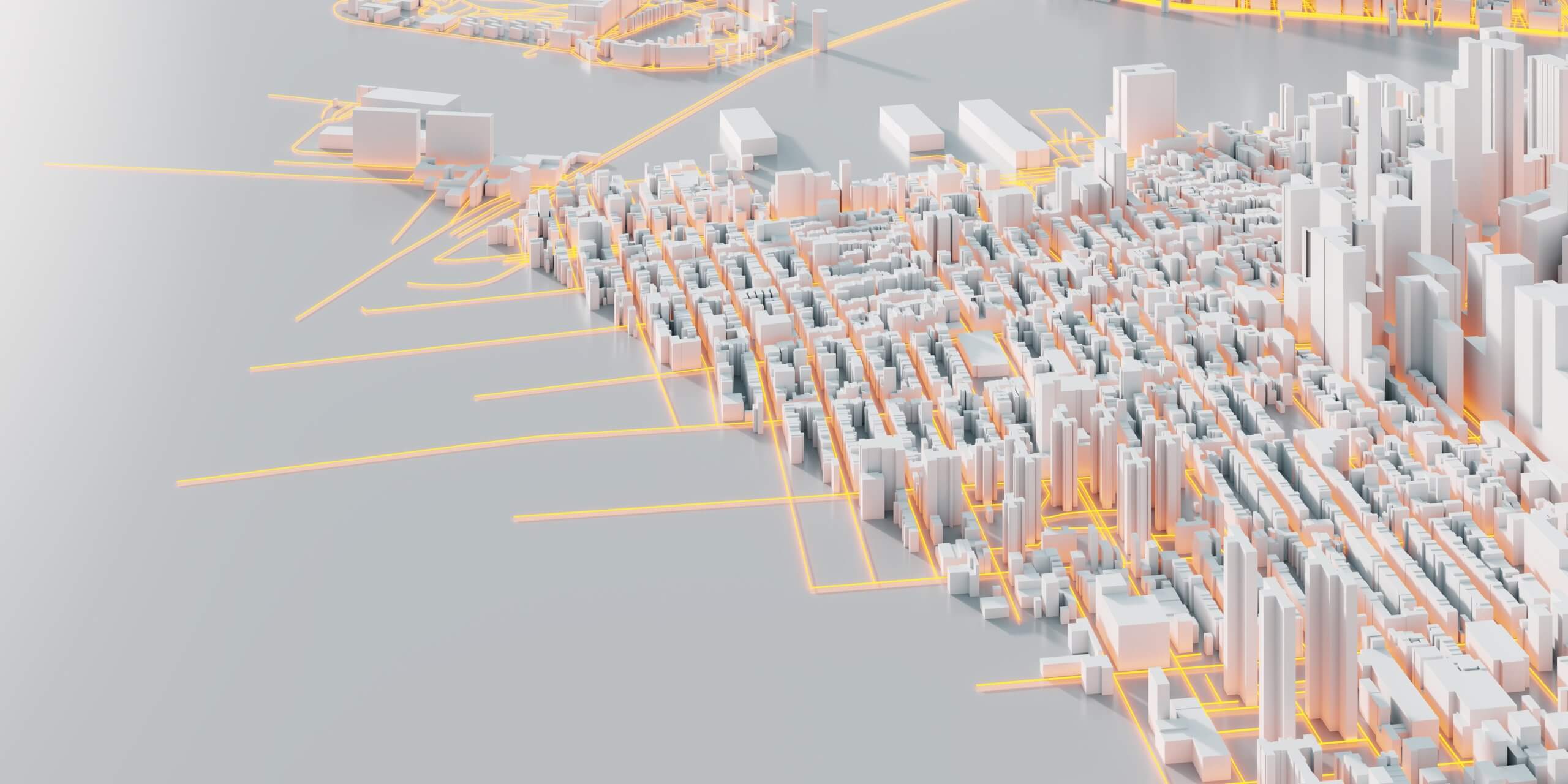Geospatial Data: How Does It Fit Into Business?
Related Posts

May 4, 2023 — Geospatial data includes any information related to the Earth’s surface, ranging anywhere from locations, population demographics, or natural phenomena such as weather patterns or large scale animal migration events – so how does this tool with a broad spectrum of data fit in the context of regular organizations and businesses?
Basic Practical Applications of Geospatial Data
-
Points of Interest
These are the locations or establishments that are considered important for individuals or an organization, usually ones that would benefit or aid goals.
For example, for a young professional, residential condominiums, office districts, and coffee shops are points of interest since they’re all elements to fostering a good working environment. A real estate developer would be looking at schools, shopping malls, and grocery stores since these all contribute to increasing the value of a residential property.
-
Property & Address Data
Ranging from ownership, to property values and taxes, to property types, there is much to derive from property data in areas of interest that can have a drastic effect on business decisions. Do you want to set up shop in a neighborhood with a lot of competitors but affordable properties? How is the performance of your branch in the area with less competitors but with higher property taxes – are you making good profit or do you need to relocate?
-
Mobility Data
In a geospatial context, mobility data (also known as “foot traffic data” or “footfall data”) refers to the way people interact and move about in the points of interest in a given area. How long does it take for the residents of Condominium A to walk to the nearest grocery store? How long do they stay in Store A compared to Store B? How many enter Store A on a weekday?
-
Demographics
Possibly one of the most well-known data points, demographics cover market information such as age, race, gender, marital status, income, education, and employment. These data points help provide important insights on purchasing power and even market interest, among other things.
-
Environment
Who would want to invest millions setting up shop at a site that turns out to be flooded for a quarter of the year? Or a site that’s barely accessible by car because of the high and uneven elevation of the area? Environment data in geospatial analysis helps with just that – visualizing the surrounding environment, presence of bodies of water, coastlines, land elevation, and more to help equip you to make informed business and operational decisions.
-
Roads
Commonly used for delivery and ride sharing applications, road data sets make navigation easier on an individual and industry level. From identifying the most accessible locations to set up shop to mapping out the most optimal delivery and transportation routes, it’s crucial to have access to this kind of information as a business.
What are the Basic Types of Geospatial Data?
Given the different kinds of information geospatial data encompasses, it’s expected that there be multiple ways to visualize geospatial data comes in multiple forms, the common three types being:
-
Vector Data
Vector Data uses points, lines, and shapes like polygons to visualize the collected data. Often used for representing data that has “discrete boundaries” such as streets, location points, and building layouts, a good example of this data being used can be observed in many navigation and map platforms such as Google Maps.
-
Raster Data
Opposed to Vector Data’s lines and polygons, Raster Data is presented in pixels. This is for data sets that are more continuous rather than having clear borders, such as temperature in a given area, for example.
-
Tabular Data
As the name suggests, data in this form is represented in the form of a table, with columns and rows to make it easier to compare data points side by side.
Other Uses of Geospatial Data
-
Geomarketing
In a nutshell, geomarketing uses geospatial data such as the ones mentioned above to tailor their offerings and promotional efforts according to the area’s target market to maximize profit.
For example, with geomarketing, a nationwide retail store can instruct their branches in an area with elementary schools to promote their new line of school shoes, while simultaneously, in an area with newly established offices, they’ll instruct nearby branches to push their line of corporate blazers.
-
Competitive Intelligence
Geospatial data not only allows a business to accurately measure its own advantages by analyzing its own customers movement, but it also allows the business to analyze the data of its competitors and their corresponding customer base. A petroleum company, for example, can craft a real-time visualization of their nearby competitors’ prices per gas station to make changes to their own branches accordingly.
Competitive intelligence boosts your capacity to assess and develop your unique selling point actively or in response to other industry players.
-
Investment Research
Whether you work as an investor in finance firms, an assessor for government bodies, or a regular business looking to set up shop, you can use geospatial data for investment research. Make use of mobility data, demographic data, and even environment data to see which endeavors are worth pursuing and supporting.
Webcast is the only 100% Filipino-owned Google Partner in the Philippines, especially for Google Maps Platform, with expertise in Asset Tracking, Supply Chain & Logistics, FMCG, and Oil & Petroleum. Email us at info@findme.com.ph or fill up our Inquiry Form to know more about our partner discounts, perks, and other related geospatial tools for your organization.
